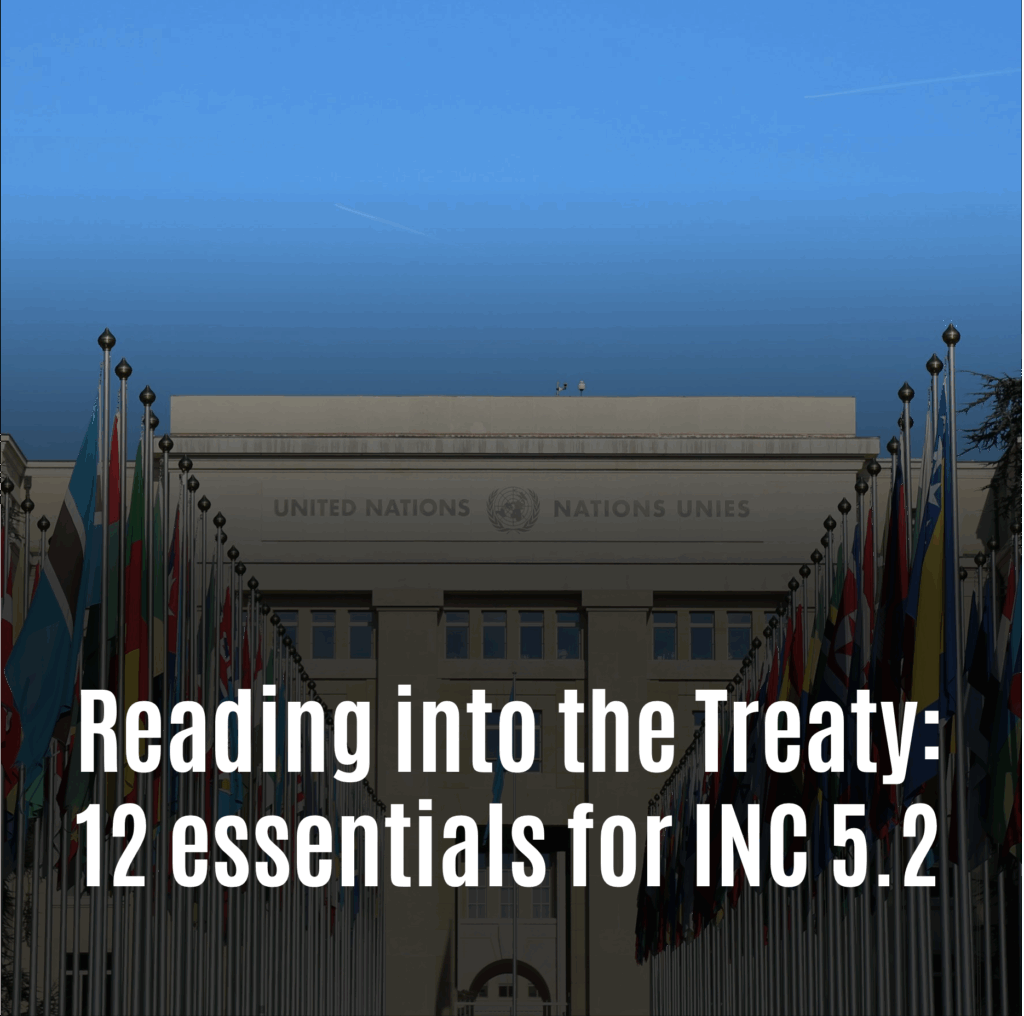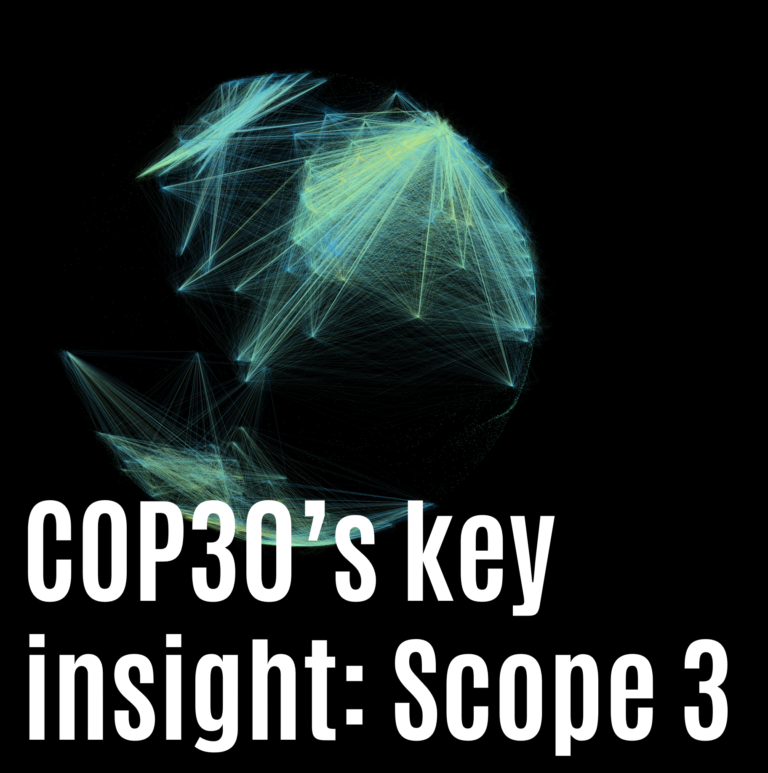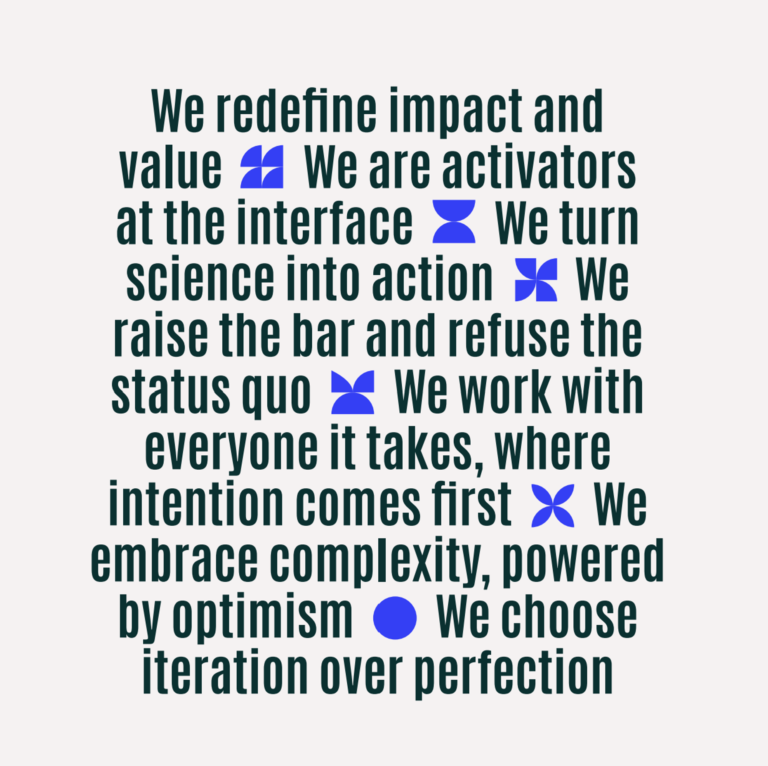As negotiators and observers gather for the resumed fifth session of the Intergovernmental Negotiating Committee (INC-5.2), the momentum around a legally binding global plastics treaty is reaching a critical stage. With decisions looming on scope, obligations, financing, and implementation mechanisms, it is more important than ever to be grounded in the best available evidence and analysis. Below is a carefully curated list of essential reads, organized by theme, to equip stakeholders with key insights, from microplastic science and treaty design to financing, waste prevention, and implementation.
Microplastics, additives & scientific foundations
Twenty Years of Microplastic Pollution Research: What We Learned
(Science, 2025)
This review synthesizes two decades of scientific literature on microplastics, tracing how our understanding of their sources, impacts, and mitigation strategies has evolved. It highlights critical gaps in monitoring and regulation, and calls for precautionary action to curb emissions at source. The report’s visual timelines and summary charts make it a go-to resource for both newcomers and seasoned negotiators seeking to understand the stakes of inaction.
Primary Microplastics into the Oceans and the Land
Earth Action (2023)
This assessment maps how primary microplastics—particles intentionally manufactured small or generated during use (like tire wear, pellets, and textile fibers)—are leaking into both marine and terrestrial environments. Drawing from over 400 datasets, the report quantifies contributions from six key sources and shows how much of this pollution is transported via wastewater, run-off, and atmospheric pathways. Strikingly, it reveals that up to 80% of primary microplastic leakage occurs on land, challenging the conventional ocean-centric narrative. This science-based framing supports calls to include primary microplastics in the legally binding control measures under the global plastics treaty.
Adding It Up
Earth Action (2024)
A data-rich synthesis that visualizes the scale of plastic waste generation and mismanagement across regions. It offers comparative dashboards for leakage, collection capacity, and production intensity, helping negotiators frame treaty obligations in measurable terms. The report is both a communications tool and a policymaking reference.
Human Health, Toxicity & Lifecycle Impacts
Plastics & Health: The Hidden Costs of a Plastic Planet
CIEL, GAIA, IPEN et al. (2019)
Though published in 2019, this lifecycle review remains the most comprehensive look at how plastic harms human health—from extraction to disposal. With clear visuals and global case studies, it is a foundational text for understanding health provisions in the treaty.
Minderoo-Monaco Commission on Plastics and Human Health
Annals of Global Health (2023)
A peer-reviewed report authored by global experts detailing the planetary health risks of plastics. Offers evidence that aligns with calls for high-ambition treaty provisions and systemic transition.
Global Outlook to inform Treaty negotiation
Global Survey on Health in the Plastics Treaty
Cambridge Prisms: Plastics (2025)
This peer-reviewed study reveals that negotiators prioritize human health in principle, but current treaty text lacks robust health provisions. A wake-up call to integrate stronger safeguards across the treaty lifecycle.
Global Plastics Outlook: Policy Scenarios to 2060
OECD (2022)
The OECD’s Global Plastics Outlook: Policy Scenarios to 2060 first provides an overview of plastics use, waste and environmental impacts with current policies until 2060 and then compares two scenarios to understand the policies needed for, and economic implications of, drastically reducing the environmental impacts of plastics. Critical for understanding the urgency of upstream measures and the long-term economic case for action.
Towards Ending Plastic Pollution: Policy Design Recommendations
Systemiq (2023)
This report outlines a coherent set of policy interventions that could form the backbone of a robust global agreement. With scenario modeling and cost-benefit analysis, it argues that legally binding measures, not voluntary pledges, are key to solving plastic pollution.
Breaking the Plastic Wave
Pew & Systemiq (2020)
This widely cited report models the effectiveness of various plastic pollution interventions, concluding that upstream strategies (reduction and substitution) are most impactful. Essential context for discussions around control measures and targets.
System Design for a Successful Treaty Implementation
The Bicycle Model
Earth Action (2023)
The Plastic Bicycle Model presents a science-based and cooperative framework for tackling plastic pollution, using a bicycle metaphor to illustrate how progress depends on coordination across sectors. The two wheels represent the public and private sectors, each responsible for aggregating data, analyzing impacts, and executing mitigation actions. These wheels are propelled by the gears—financial and regulatory mechanisms like extended producer responsibility—and stabilized by a frame of data and knowledge exchange. A knowledgeable “rider” ensures balance and direction, while the bicycle travels along a circularity track, prioritizing reduction, reuse, and redesign. The model underscores that only with aligned roles, transparency, and shared responsibility can systemic change happen.
Making the Global Plastics Treaty Work for Micro, Small and Medium-Sized Enterprises (MSMEs)
Earth Action for WWF & Ellen MacArthur Foundation (2024)
A concise, action-oriented brief advocating for treaty provisions that are inclusive of small businesses, especially in low- and middle-income countries. Offers specific tools and examples of enabling conditions.
Moving Towards Outcomes-Based Financial Mechanisms for Waste Prevention
Earth Action (2024)
This insight calls for shifting financial mechanisms from input-based funding (e.g., tons collected) to outcome-based financing (e.g., leakage prevented). It proposes frameworks that align with the treaty’s objectives and recommends practical indicators for fund allocation and evaluation.
The road to a meaningful global plastics treaty will be shaped by the evidence negotiators bring to the table. From science and systems thinking to finance and fairness, this curated reading list is designed to cut through complexity and elevate ambition. As INC-5.2 resumes, these resources can help negotiators, observers, and advocates focus on what matters most: actionable solutions that match the scale of the crisis.



